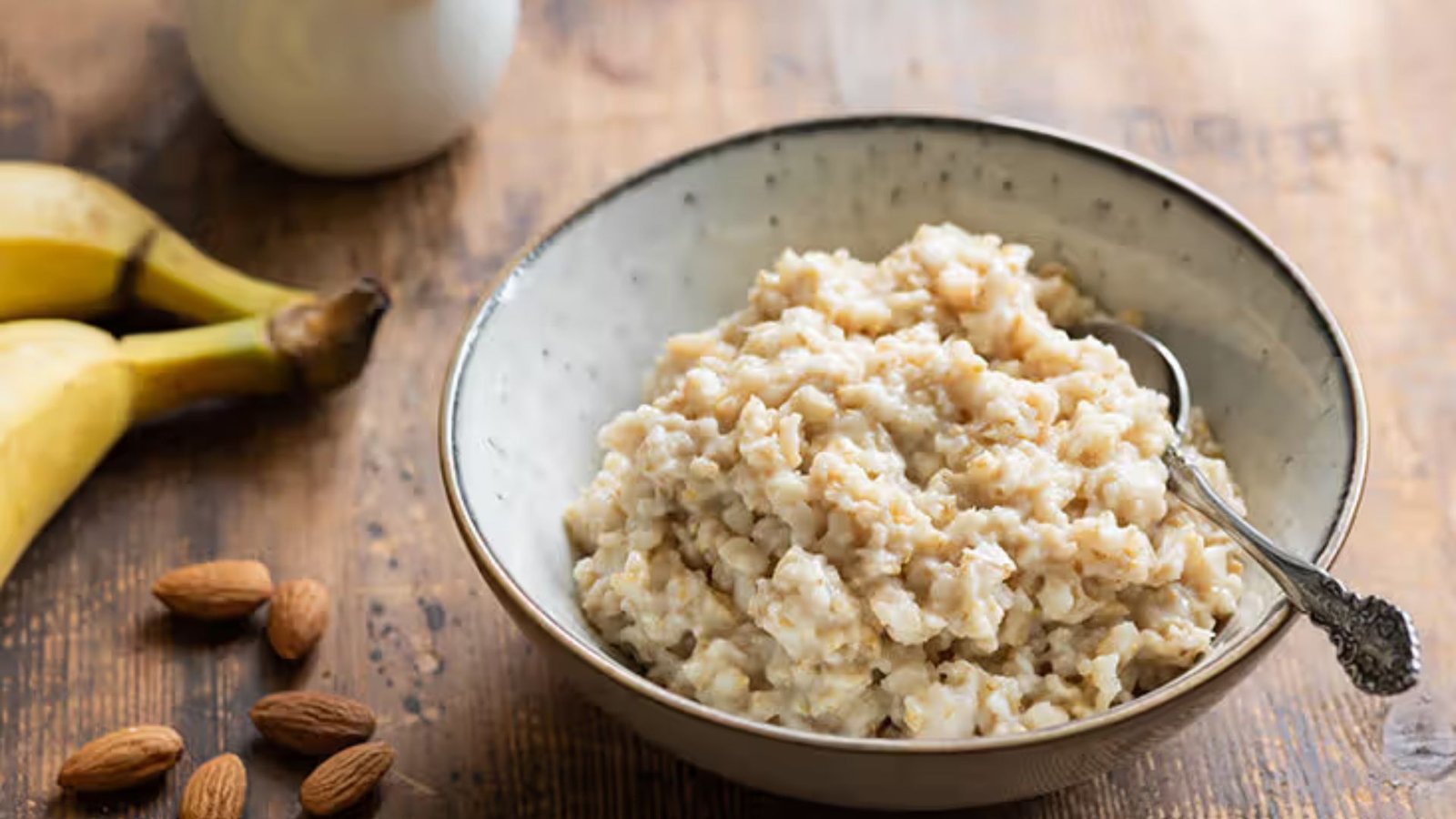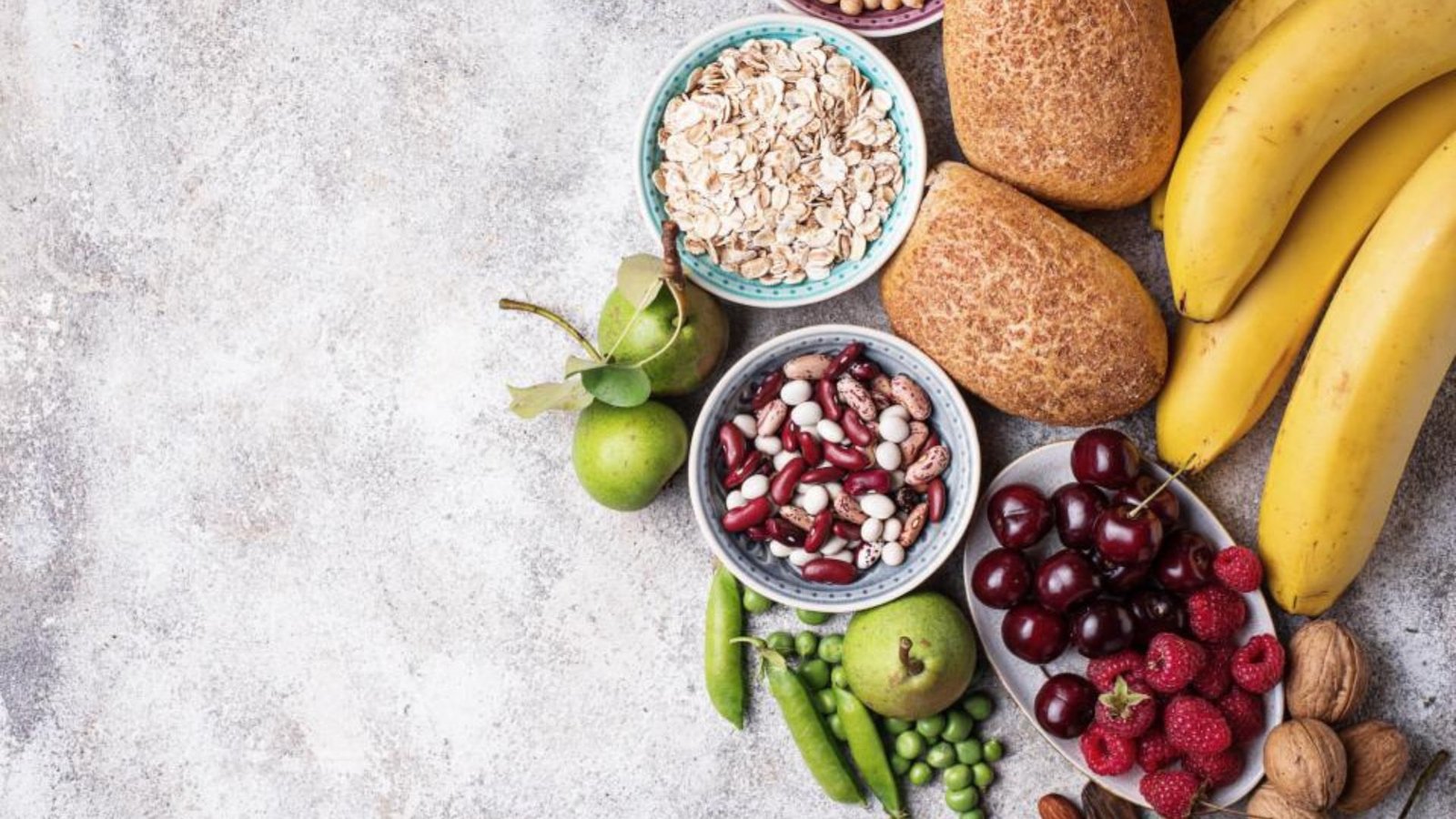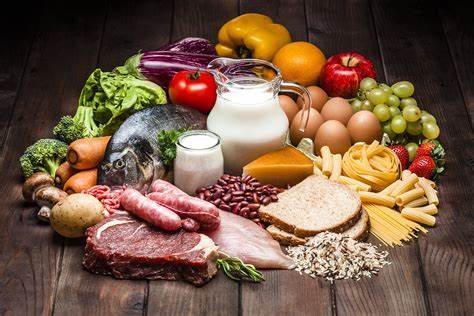Fiber plays a crucial role in maintaining a healthy digestive system and overall well-being. Found in plant-based foods, fiber comes in two main types: soluble and insoluble. Each type offers unique benefits that support different aspects of health. In this guide, we’ll explore why fiber is important, the types of fiber, and how to ensure you’re getting enough in your diet.

What Is Fiber?
Fiber is a type of carbohydrate that the body cannot fully digest. Unlike other carbohydrates, which are broken down into sugar molecules, fiber passes through the body mostly intact. This is what makes fiber beneficial, as it helps regulate the body’s use of sugars, keeps hunger in check, and supports digestive health.
The Two Types of Fiber
- Soluble Fiber
Soluble fiber dissolves in water, forming a gel-like substance in the digestive tract. This type of fiber helps lower cholesterol levels and stabilizes blood sugar. It can be found in foods like oats, beans, apples, and carrots. - Insoluble Fiber
Insoluble fiber adds bulk to your stool and helps food pass through the digestive system more quickly. This promotes regular bowel movements and prevents constipation. Foods like whole grains, nuts, and vegetables are excellent sources of insoluble fiber.
Health Benefits of Fiber
- Improves Digestive Health
Fiber supports healthy digestion by promoting regular bowel movements. It helps prevent constipation and other digestive issues like diverticulitis. A high-fiber diet keeps the digestive tract running smoothly. - Supports Weight Management
Foods rich in fiber are more filling, which helps control appetite and manage weight. Because fiber slows the digestive process, it keeps you full for longer, reducing the temptation to overeat. - Lowers Cholesterol Levels
Soluble fiber has been shown to reduce levels of LDL cholesterol (the “bad” cholesterol) by binding to cholesterol particles and removing them from the body. This helps lower the risk of heart disease. - Regulates Blood Sugar Levels
For those with or at risk for diabetes, fiber is essential for maintaining stable blood sugar levels. Soluble fiber slows the absorption of sugar and helps prevent spikes in blood glucose. - Reduces the Risk of Heart Disease
A diet rich in fiber, particularly soluble fiber, has been linked to a lower risk of heart disease. By helping to lower cholesterol and regulate blood pressure, fiber contributes to overall heart health.
How Much Fiber Do You Need?
The recommended daily intake of fiber is around 25 grams for women and 38 grams for men, though most people fall short of this target. Gradually increasing your fiber intake can help you meet these goals without causing digestive discomfort.
How to Add More Fiber to Your Diet
- Choose Whole Grains
Opt for whole-grain versions of bread, pasta, and rice instead of refined grains. These provide more fiber and essential nutrients. - Incorporate More Fruits and Vegetables
Fruits and vegetables are packed with fiber. Try to include a variety of colorful produce in your meals to boost your fiber intake. - Snack on Nuts and Seeds
Almonds, chia seeds, and flaxseeds are great sources of fiber. They make for healthy, fiber-rich snacks. - Eat Legumes
Beans, lentils, and chickpeas are excellent sources of both soluble and insoluble fiber. Incorporate them into soups, salads, or as a side dish. - Read Food Labels
Many packaged foods, especially cereals and snacks, advertise their fiber content. Choose options with higher fiber counts to help meet your daily needs.
Conclusion
Fiber is a key component of a healthy diet that supports digestion, heart health, and weight management. By including more fiber-rich foods like whole grains, fruits, vegetables, and legumes, you can enjoy these benefits and improve your overall well-being. Make gradual changes to your diet to meet the recommended fiber intake and experience the lasting impact of a high-fiber lifestyle.




